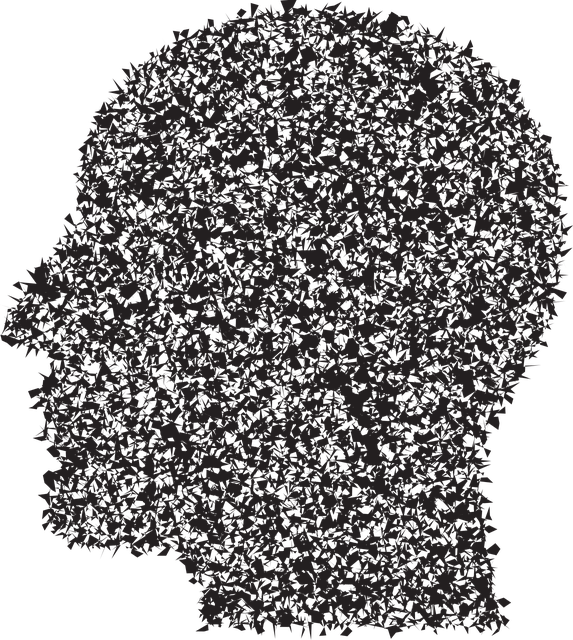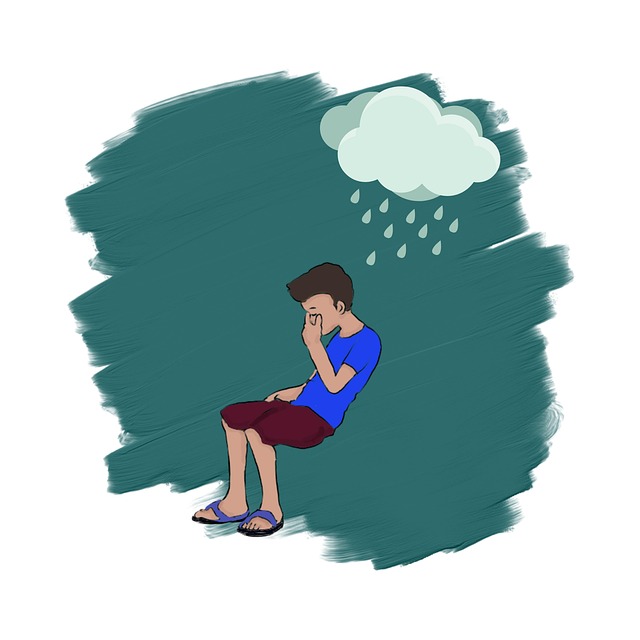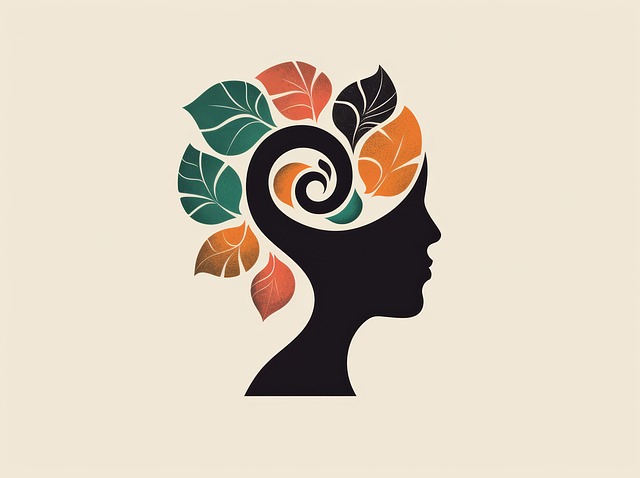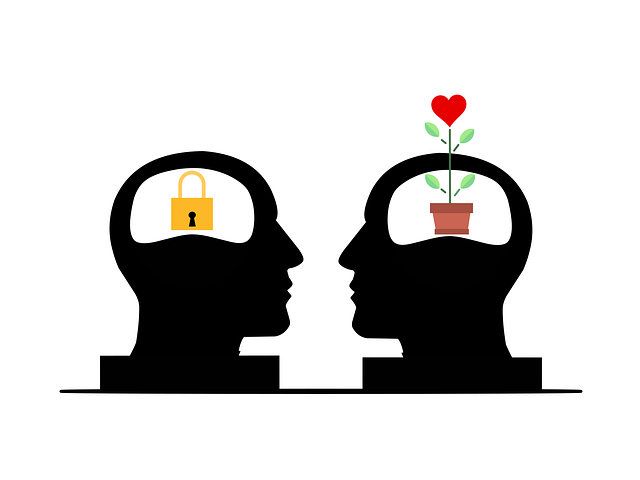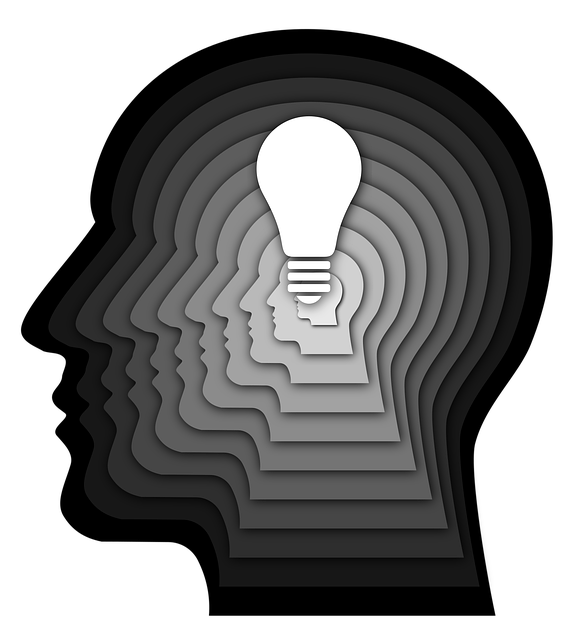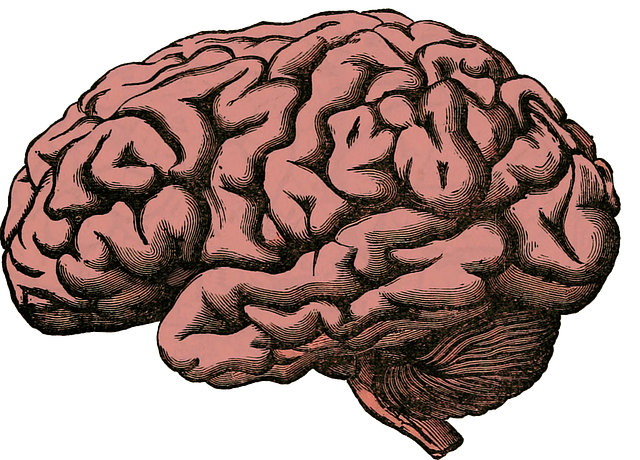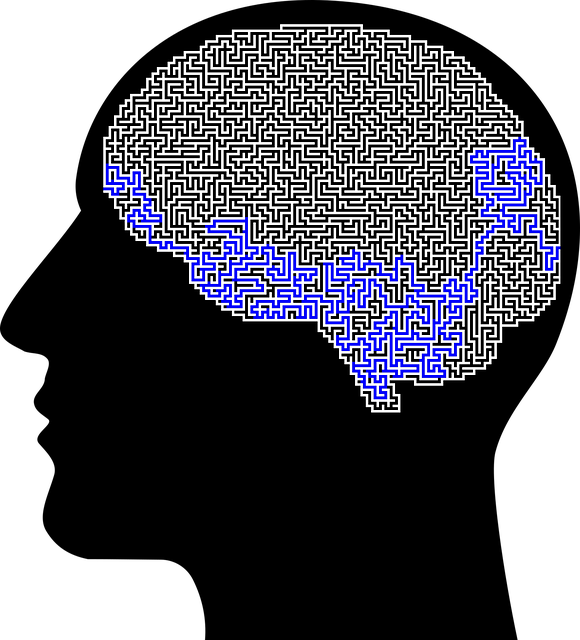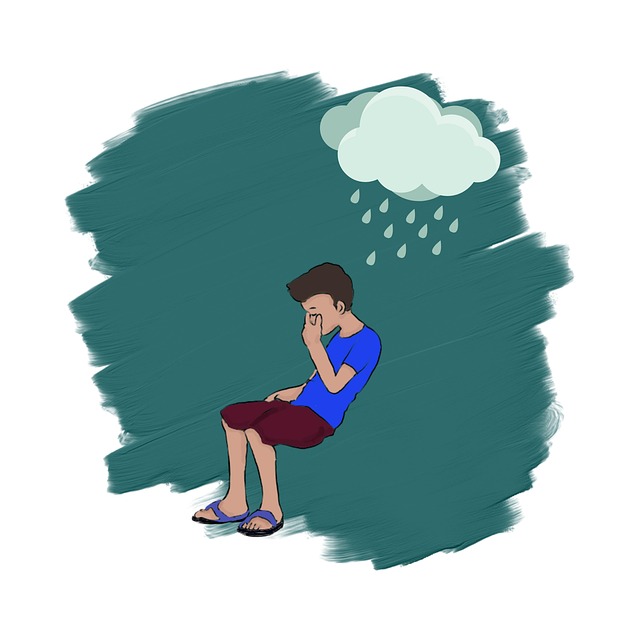Risk assessment is key to developing effective harm minimization strategies, especially in high-risk scenarios. Superior Anger Management Therapy (SAMT) is a powerful tool that focuses on emotional regulation by teaching mindfulness and coping skills, reducing impulsive reactions and fostering mental resilience. Integrating SAMT into planning enhances mental wellness through evidence-based methods targeting the neurobiology of anger, thought patterns, and adaptive coping mechanisms, as shown in podcast series featuring real transformations.
In today’s complex world, risk assessment and harm minimization planning are vital tools for creating safe environments. This comprehensive guide explores these essential strategies, focusing on understanding risk assessment by identifying potential threats and vulnerabilities. We delve into implementing proactive harm minimization strategies and highlight the role of superior anger management therapy in fostering healthy emotional regulation. By integrating these techniques, communities can effectively navigate challenges and build safer, more resilient spaces.
- Understanding Risk Assessment: Identifying Potential Threats and Vulnerabilities
- Implementing Harm Minimization Strategies: Proactive Approaches for Safe Environments
- Integrating Superior Anger Management Therapy: Techniques to Foster Healthy Emotional Regulation
Understanding Risk Assessment: Identifying Potential Threats and Vulnerabilities

Understanding risk assessment is a crucial step in harm minimization planning. It involves identifying potential threats and vulnerabilities that could lead to adverse outcomes. By meticulously evaluating various factors, individuals or organizations can proactively develop strategies to mitigate risks effectively. This process includes analyzing past incidents, forecasting possible future scenarios, and understanding the context in which these risks may emerge.
In the realm of Superior Anger Management Therapy, for instance, risk assessment plays a pivotal role. It helps therapists recognize emotional regulation challenges unique to each client, enabling them to tailor interventions accordingly. By addressing underlying mental illness stigma reduction efforts and cultivating emotional intelligence, superior anger management therapy not only minimizes potential harm but also fosters positive transformations in individuals’ lives.
Implementing Harm Minimization Strategies: Proactive Approaches for Safe Environments

Implementing effective harm minimization strategies is a proactive step towards creating safe environments, especially in addressing high-risk situations. One powerful tool that has gained significant attention in this context is Superior Anger Management Therapy. This therapeutic approach goes beyond mere reactionary measures by empowering individuals to manage their anger constructively. By teaching proven techniques such as mindfulness meditation and coping skills development, it equips people with the mental resilience needed to navigate challenging scenarios safely.
The core principles of Superior Anger Management Therapy revolve around mind over matter—a philosophy that encourages individuals to take control of their emotions rather than reacting impulsively. This not only fosters personal growth but also minimizes potential harm to oneself and others. Incorporating Mindfulness Meditation as a core component allows individuals to develop a heightened sense of self-awareness, enabling them to recognize triggers early and employ calming strategies effectively.
Integrating Superior Anger Management Therapy: Techniques to Foster Healthy Emotional Regulation

Integrating Superior Anger Management Therapy (SAMT) into harm minimization planning is a powerful approach to fostering mental wellness and promoting healthy emotional regulation. SAMT goes beyond traditional anger management techniques by delving into the complex neurobiology of anger, offering evidence-based strategies that target both the root causes and symptoms of this intense emotion. Through this therapeutic process, individuals learn to identify and challenge unhelpful thought patterns, replace them with more adaptive coping mechanisms, and develop a deeper understanding of their emotional responses.
This integrated approach has been effectively incorporated into various Mental Health Education Programs Design and Mental Wellness Coaching Programs Development, benefiting a diverse range of participants. The SAMT methodology encourages self-reflection, mindfulness practices, and cognitive reframing, enabling individuals to navigate anger in constructive ways. By embracing this holistic perspective, not only does SAMT enhance emotional resilience but it also contributes to overall mental wellness, as showcased in the popular Mental Wellness Podcast Series Production, where real-life transformations inspired by these techniques are often shared.
In conclusion, risk assessment and harm minimization planning are vital components of fostering safe environments. By understanding potential threats and vulnerabilities, implementing proactive strategies, and integrating superior anger management therapy, we can create spaces that promote emotional well-being and prevent harm. These comprehensive approaches ensure a more secure and resilient future for all.
